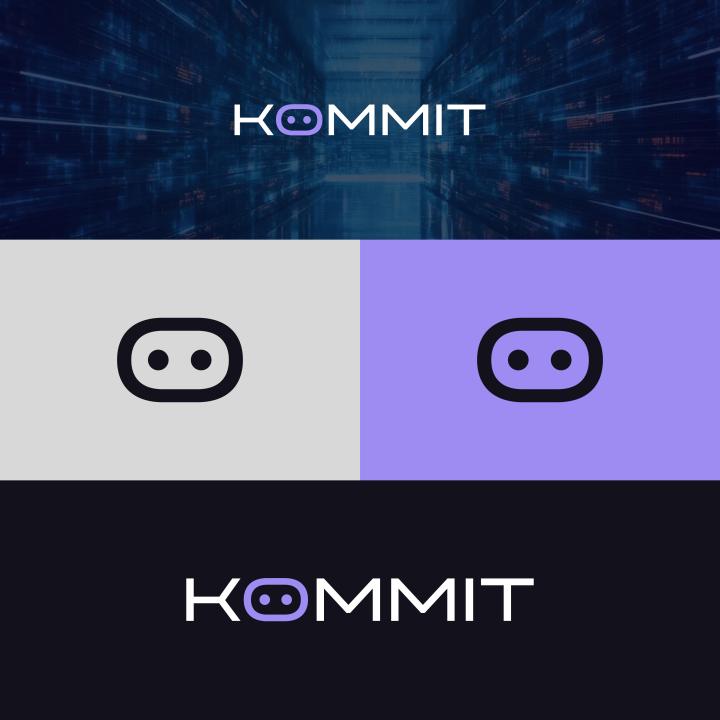Notifications

6 minutes, 47 seconds
-20 Views 0 Comments 0 Likes 0 Reviews

In today’s digital-first world, the way businesses reach consumers has been completely transformed. Digital marketing has evolved into the backbone of customer engagement, brand building, and online sales. It combines data, technology, and creativity to deliver value to audiences where they spend most of their time—online.
Digital marketing refers to all marketing efforts that use the internet or electronic devices. Businesses leverage digital channels such as search engines, websites, social media, email, and mobile apps to connect with current and potential customers.
It enables two-way communication, real-time performance tracking, and the ability to target niche audiences with personalized content—benefits traditional marketing cannot match.
SEO is the practice of optimizing your website to improve its visibility on search engines like Google and Bing. It involves:
On-page SEO: Optimizing content, headers, keywords, meta tags, and URLs.
Off-page SEO: Building backlinks from reputable sources to boost authority.
Technical SEO: Enhancing site speed, mobile compatibility, crawlability, and structure.
SEO is a long-term strategy that drives organic traffic and builds brand credibility.
Content marketing involves creating and distributing high-value, relevant content to attract and retain a clearly defined audience.
Types of content:
Blog articles
Videos
Podcasts
Infographics
eBooks
Webinars
Great content builds trust, improves SEO, and drives conversions when aligned with user intent.
Social media platforms are vital for building relationships, engaging users, and driving traffic. Brands use platforms like:
X (formerly Twitter)
TikTok
YouTube
Strategies include organic posts, paid advertising, influencer partnerships, and community engagement. Social media allows for real-time feedback and customer service.
PPC involves paying for ad placements on platforms like Google, Facebook, or YouTube. You only pay when someone clicks on your ad.
Popular PPC channels:
Google Ads (Search & Display)
Meta Ads (Facebook & Instagram)
LinkedIn Ads
TikTok Ads
YouTube Ads
PPC provides immediate visibility and measurable ROI when campaigns are well-optimized.
Email marketing is one of the most cost-effective and direct ways to communicate with your audience. It’s used for:
Newsletters
Promotions
Welcome sequences
Abandoned cart reminders
Loyalty programs
Email platforms like Mailchimp, ConvertKit, and Klaviyo allow for automation and segmentation for better performance.
Affiliate marketing involves third-party publishers (affiliates) promoting your products or services. You pay them a commission for every sale or lead they generate.
Benefits:
Low risk
Scalable
Performance-based
Popular affiliate networks: ShareASale, Rakuten, CJ Affiliate.
This strategy leverages individuals with strong followings and niche authority to promote your brand. Influencers create authentic content, improving brand trust and visibility.
Types of influencers:
Nano (1K–10K followers)
Micro (10K–100K)
Macro (100K–1M)
Mega (1M+)
TikTok and Instagram are key platforms for influencer-driven campaigns.
As mobile usage outpaces desktop, mobile marketing becomes essential. This includes:
Mobile-friendly websites
In-app ads
SMS campaigns
Push notifications
App store optimization (ASO)
Mobile marketing ensures a seamless user experience and better engagement across devices.
Automation tools streamline repetitive tasks like email campaigns, ad management, and lead nurturing. Key tools include:
HubSpot
ActiveCampaign
Salesforce Marketing Cloud
Marketo
Automation improves efficiency, personalization, and campaign scalability.
A key strength of digital marketing is data-driven decision-making. Marketers use tools like Google Analytics, Hotjar, and GA4 to monitor:
Website traffic
Conversion rates
Bounce rates
Funnel performance
User behavior
Analytics helps you refine strategies, identify what's working, and measure ROI.
AI is reshaping digital marketing by enabling:
Predictive analytics
Content generation
Chatbots and virtual assistants
Personalized recommendations
Smart bidding in ad platforms
AI-driven tools help marketers scale efforts while maintaining relevance and efficiency.
While powerful, digital marketing has its challenges:
Constant algorithm changes (Google, social media)
Ad fatigue and content overload
Data privacy regulations (GDPR, CCPA)
Rising competition and cost-per-click (CPC)
Technical complexity of tools and platforms
Marketers need to stay agile, test continuously, and adapt to the evolving landscape.
A solid digital marketing strategy includes:
Define clear goals (brand awareness, lead generation, sales).
Understand your audience (personas, needs, channels).
Select the right channels (SEO, PPC, social, email, etc.).
Create a content plan (topic clusters, keyword strategy).
Implement and test campaigns with the right tools.
Track performance using KPIs and analytics.
Optimize continuously based on real-time insights.
Looking ahead, several trends will shape the industry:
Voice and visual search
AR/VR experiences
Web3 marketing
Privacy-first data collection
AI-powered personalization
Zero-click search and SERP features
Brands that embrace innovation and prioritize user experience will lead in 2025 and beyond.
Digital marketing is an ever-evolving field that blends technology, creativity, and strategy. From SEO and social media to AI and automation, it offers endless opportunities for businesses to connect with their audience and drive growth.

